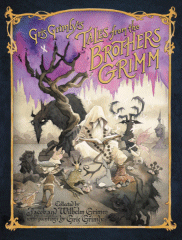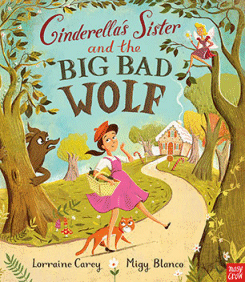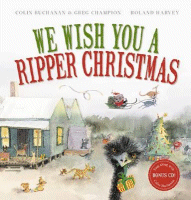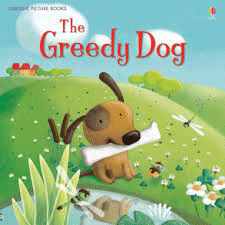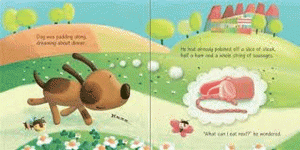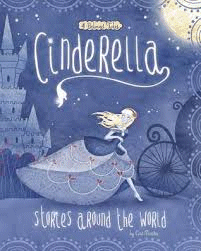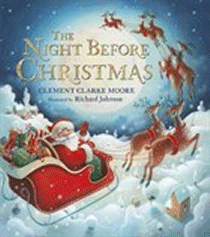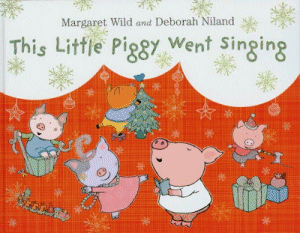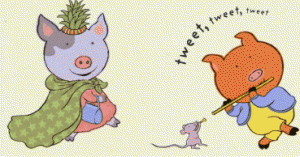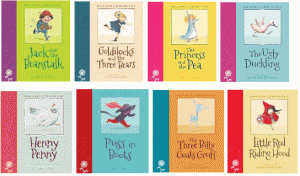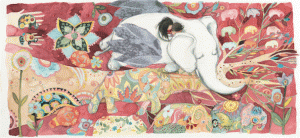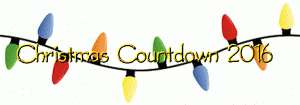
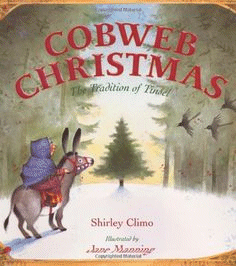
Cobweb Christmas
Cobweb Christmas- The Tradition of Tinsel
Shirley Climo
Jane Manning
HarperCollins, 2001
32pp., hbk.,
9780060290337
Tante is so little she has to stand on a stool to climb into bed and so old she can’t count all the Christmases she has seen. She lived at the edge of a pine forest in Germany in a tiny cottage with her canary, her cat and her dog. Beside the cottage was a barn with a donkey, a goat, a rooster and a hen – so she had all she needed.
Usually Tante wasn’t too fussed about having a spic and span house but at Christmas time when the days were short and the nights long, she cleaned her house from top to bottom and corner to corner sweeping even the tiniest cobwebs and their inhabitants from the rafters. She would chop down the best Christmas tree she could find and decorated it with sugar cookies and gingerbread and put special presents under it for her animals. She invited the village children in to see her tree and share its goodies – there was something for everyone including her animals, except the spiders who had all been swept out the door.
But still Tante wasn’t really happy – all her life she had heard about the marvellous things that happened on Christmas Eve like animals talking or bees humming carols. So she sat down to wait for the Christmas magic but soon fell asleep so she never knew whether it happened or not. She certainly did not hear tiny little voices begging to be let in out of the cold – but Kriss Kringle did so he opened the door a crack and in went all the spiders who had been swept outside.
And the next morning Tante woke to find that Christmas magic had really happened…
Based on an old European folktale, Shirley Climo and Jane Manning have brought this story to the 21st century in a superb retelling with charming illustrations. Tinsel – originally shiny strands of brass or copper – has been part of traditional Christmas decorations since the end of the 19th century as people tried to bring light and sparkle into their homes at a dark time of the year in the northern hemisphere. Anyone who has seen a cobweb dipped in dew in the early morning and gleaming as the sun catches it can easily make the connection between the spiders’ work and the sparkly loops of foil we use today.
This is a story worth tracking down to add to your Christmas collection – well-written and adding just a bit more to the story of this special time it will be one to read every Christmas Countdown.
